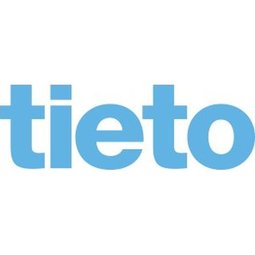
Technology Category
- Networks & Connectivity - 5G
- Networks & Connectivity - Radio Access Network
Applicable Industries
- Buildings
- Telecommunications
Applicable Functions
- Maintenance
- Product Research & Development
Use Cases
- Visual Quality Detection
Services
- Software Design & Engineering Services
- Testing & Certification
The Customer
Not disclosed
About The Customer
The customer is a global Network Equipment Provider (NEP) who is extending its Open RAN portfolio. The NEP was looking for a solution to improve the efficiency of software development and maintenance of Radio Unit products due to the transformation to 5G and the increasing device connectivity. The NEP wanted to ensure a faster time-to-market and efficient software maintenance for the Radio Unit portfolio. The software development contribution helped the NEP to capture more market shares in the growing Open RAN market.
The Challenge
A global Network Equipment Provider (NEP) was facing a challenge in improving the efficiency of software development and maintenance of Radio Unit products. The transformation to 5G and the increasing device connectivity introduced new 5G radio frequency bands, antenna types, and varying physical radio unit packages. This led to an increase in the number of required Radio Unit products. The NEP wanted to ensure a faster time-to-market and efficient software maintenance for the Radio Unit portfolio.
The Solution
The solution involved defining a modular software architecture that would support software development and maintenance for the NEP's portfolio of Radio Unit products. The software architecture for Open Radio Access Network (Open RAN) Radio Unit was based on a service-oriented approach that decoupled software modules as much as possible. The team also delivered software development of the modules that were generic to all Radio Unit products, as well as some product-specific development work. The solution was modular and based on service-oriented architecture enabling a high degree of re-use. The team also took on roles in project management, program coordination, and test coordination.
Operational Impact
Quantitative Benefit

Case Study missing?
Start adding your own!
Register with your work email and create a new case study profile for your business.
Related Case Studies.

Case Study
Energy Saving & Power Monitoring System
Recently a university in Taiwan was experiencing dramatic power usage increases due to its growing number of campus buildings and students. Aiming to analyze their power consumption and increase their power efficiency across 52 buildings, the university wanted to build a power management system utilizing web-based hardware and software. With these goals in mind, they contacted Advantech to help them develop their system and provide them with the means to save energy in the years to come.

Case Study
Intelligent Building Automation System and Energy Saving Solution
One of the most difficult problems facing the world is conserving energy in buildings. However, it is not easy to have a cost-effective solution to reduce energy usage in a building. One solution for saving energy is to implement an intelligent building automation system (BAS) which can be controlled according to its schedule. In Indonesia a large university with a five floor building and 22 classrooms wanted to save the amount of energy being used.

Case Study
Powering Smart Home Automation solutions with IoT for Energy conservation
Many industry leaders that offer Smart Energy Management products & solutions face challenges including:How to build a scalable platform that can automatically scale-up to on-board ‘n’ number of Smart home devicesData security, solution availability, and reliability are the other critical factors to deal withHow to create a robust common IoT platform that handles any kind of smart devicesHow to enable data management capabilities that would help in intelligent decision-making

Case Study
Commercial Building Automation Boosts Energy Efficiency
One of the challenges to building automation is the multitude of non-interoperable communications protocols that have evolved over the years. Buildings have several islands of automation. Bridging the islands of different automation without losing the considerable investment in each specialized control network is the main focus in this solution.





